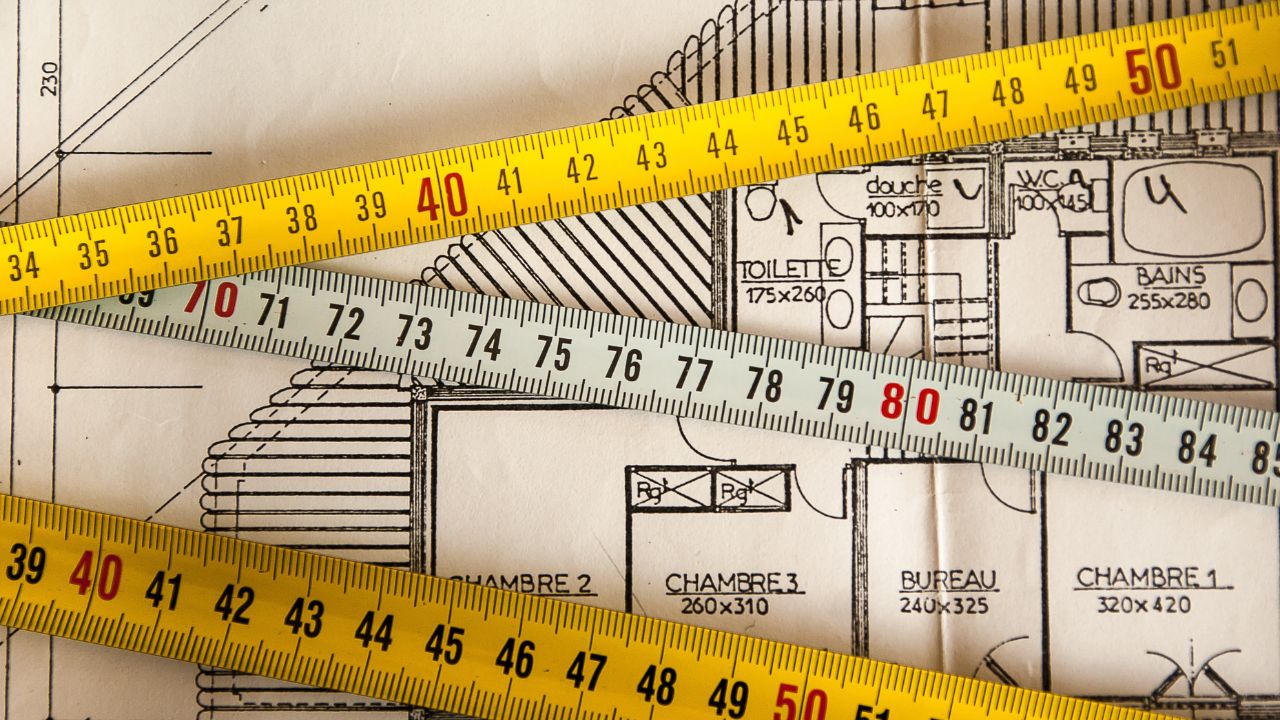Table of Contents
Have you ever found yourself staring at a ruler, completely baffled by the markings and numbers? You’re not alone! Reading a ruler can be intimidating, especially if you’re not used to working with inches or centimeters. But fear not – mastering measurement is easier than you think. In this beginner’s guide, we’ll break down how to read both inches and centimeters on a ruler, as well as how to convert between the two. Soon enough, you’ll be measuring like a pro!
How to read a ruler in inches
Reading a ruler in inches may seem daunting at first, but it’s actually quite simple once you understand the basics. First, take a look at your ruler – you’ll see that there are 12 equal lines between each inch mark. These represent fractions of an inch and are called “eighths” (since there are eight of them between each inch).
To read a measurement in inches, simply line up the object you’re measuring with the zero mark on your ruler. Then, find the nearest inch mark to the end of the object and count how many eighths of an inch remain.
For example, if you’re measuring something that ends just before the five-inch mark on your ruler and there are two more marks after it until where it ends, then you have 5 + 2/8 or 5⅛ inches.
It’s also important to note that some rulers will have additional markings for quarters (four lines between each eighth) or halves (two lines between each eighth), which can make things even easier when reading measurements in inches!
How to read a ruler in centimeters
Learning how to read a ruler in centimeters can be intimidating at first, especially if you’re used to measuring things in inches. But with a little practice and patience, it becomes an easy task.
Firstly, take note that there are 10 millimeters (mm) in one centimeter (cm). To start reading the ruler, locate the zero mark on the left side of the ruler and place it flush against one end of what you want to measure.
Next, identify which line on the ruler aligns with your object’s other end. The number beside that line is your measurement in whole centimeters. If your object extends past that line but not quite up to the next one, count how many additional mm it measures beyond that cm. For example, if your object ends halfway between 7cm and 8cm and there are five ticks after 7cm’s line before reaching this point, then its length is 7.5 cm.
Locate zero mark > Align with object > Identify corresponding number > Count any extra millimeters beyond whole numbers
How to convert between inches and centimeters
Knowing how to convert between inches and centimeters is an essential skill for anyone who works with measurements. It allows you to easily switch from one system of measurement to the other, depending on your needs.
To convert inches to centimeters, simply multiply the number of inches by 2.54. For example, if you have a length of 6 inches, you would multiply that by 2.54 to get 15.24 centimeters.
Conversely, to convert centimeters to inches, divide the number of centimeters by 2.54. For instance, if you have a length of 20 centimeters, you would divide that by 2.54 to get approximately 7.87 inches.
It’s important to note that when dealing with fractions or decimals in these conversions it can be helpful first converting them into decimal form before performing the calculation.
By mastering this simple conversion process between two common units of measurement – Inches and Centimeters –you’ll be able to work more efficiently when taking measurements in different contexts and fields like construction or engineering where such skills are vital for success!

What are some common measurements?
When it comes to measurements, there are a few common ones that you’ll likely encounter on a regular basis. These include length, width, height, and depth. Length refers to the distance between two points and is often measured in inches or centimeters. Width and height refer to the dimensions of an object from side-to-side and top-to-bottom respectively.
Depth is used when measuring how far something extends into a space. For example, if you were measuring the depth of a shelf, you would measure how far back it goes from the front edge.
Weight is another common measurement that you’ll come across frequently. It measures how heavy an object is and can be measured in pounds or kilograms.
Volume is used when measuring liquids or other substances that take up space. This measurement can be represented in ounces, milliliters, liters or gallons depending on what’s being measured.
Understanding these basic measurements will help make everyday tasks like cooking and DIY projects much easier!
Conclusion
Mastering the measurement of inches and centimeters is an essential skill that comes in handy when dealing with various projects. Whether you are a DIY enthusiast, a student working on assignments or simply someone looking to measure their surroundings, learning how to read a ruler in inches and centimeters gives you the confidence to handle any project with ease.
Remember, practice makes perfect. Take some time to familiarize yourself with the different measurements on your ruler and practice measuring objects around you. With time and persistence, reading rulers in both inches and centimeters will become second nature to you.
So go ahead and start exploring the world of precise measurements!








